

Follow Your Favorite Band Today!
Top AD/DC Community Posts
Albums
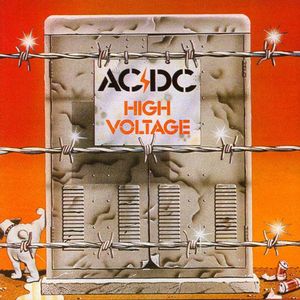
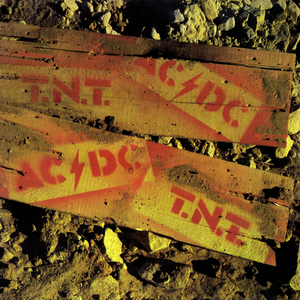
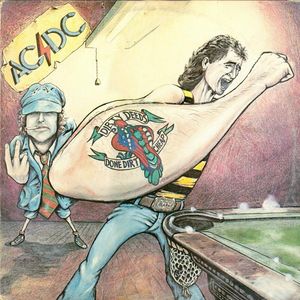
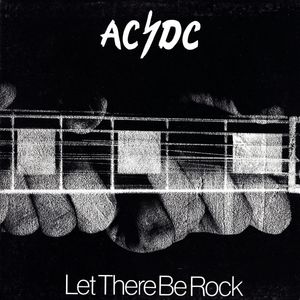
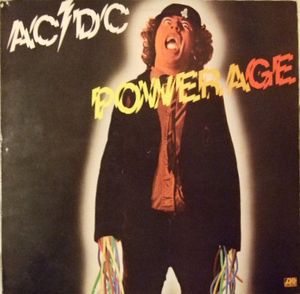

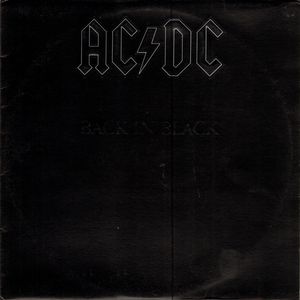

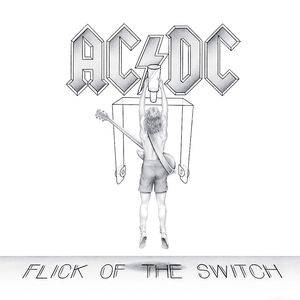


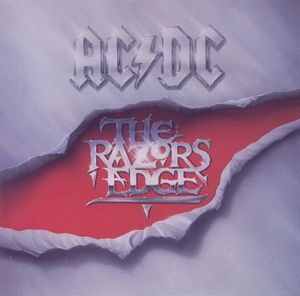
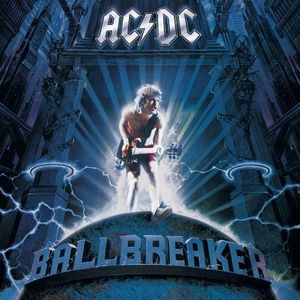




Story of AD/DC
AC/DC: A Thunderous History
AC/DC, the iconic Australian rock band, burst onto the scene in 1973, fueled by the electrifying energy of brothers Malcolm and Angus Young. Malcolm, the rhythm guitar powerhouse, and Angus, the stage-dominating lead guitarist, laid the foundation for a sound that would shake the world.
Their raw, unadulterated style, a potent blend of hard rock, blues rock, and heavy metal, became known simply as "rock and roll." AC/DC's signature sound not only captivated audiences but also influenced a generation of British heavy metal bands like Def Leppard and Saxon.
The band's journey wasn't without its challenges. They experienced several lineup changes before releasing their debut album, "High Voltage," in 1975, initially available only in Australia and New Zealand. Stability arrived with the release of "Let There Be Rock" in 1977, solidifying the lineup of Malcolm and Angus Young on guitars, Phil Rudd on drums, Cliff Williams on bass, and Bon Scott on vocals.
Tragedy struck in 1979 when Scott, the charismatic frontman, passed away due to alcohol poisoning. Devastated, the band considered disbanding but ultimately decided to continue in honor of Scott's memory, at the request of his parents.
AC/DC, a testament to the enduring power of rock and roll, continues to electrify audiences worldwide. They were rightfully inducted into the Rock and Roll Hall of Fame in 2003, cementing their place as legends in the history of music.
Bands you may like
More Hard Rock Bands
Explore Hard RockDiscover more bands in the Hard Rock genre and explore the diverse sounds that define this musical style.
Browse All Hard Rock BandsMore Bands from Australia
Explore AustraliaDiscover the rich musical heritage of Australia and explore bands that represent the country's unique sound and culture.
Browse All Australia Bands
